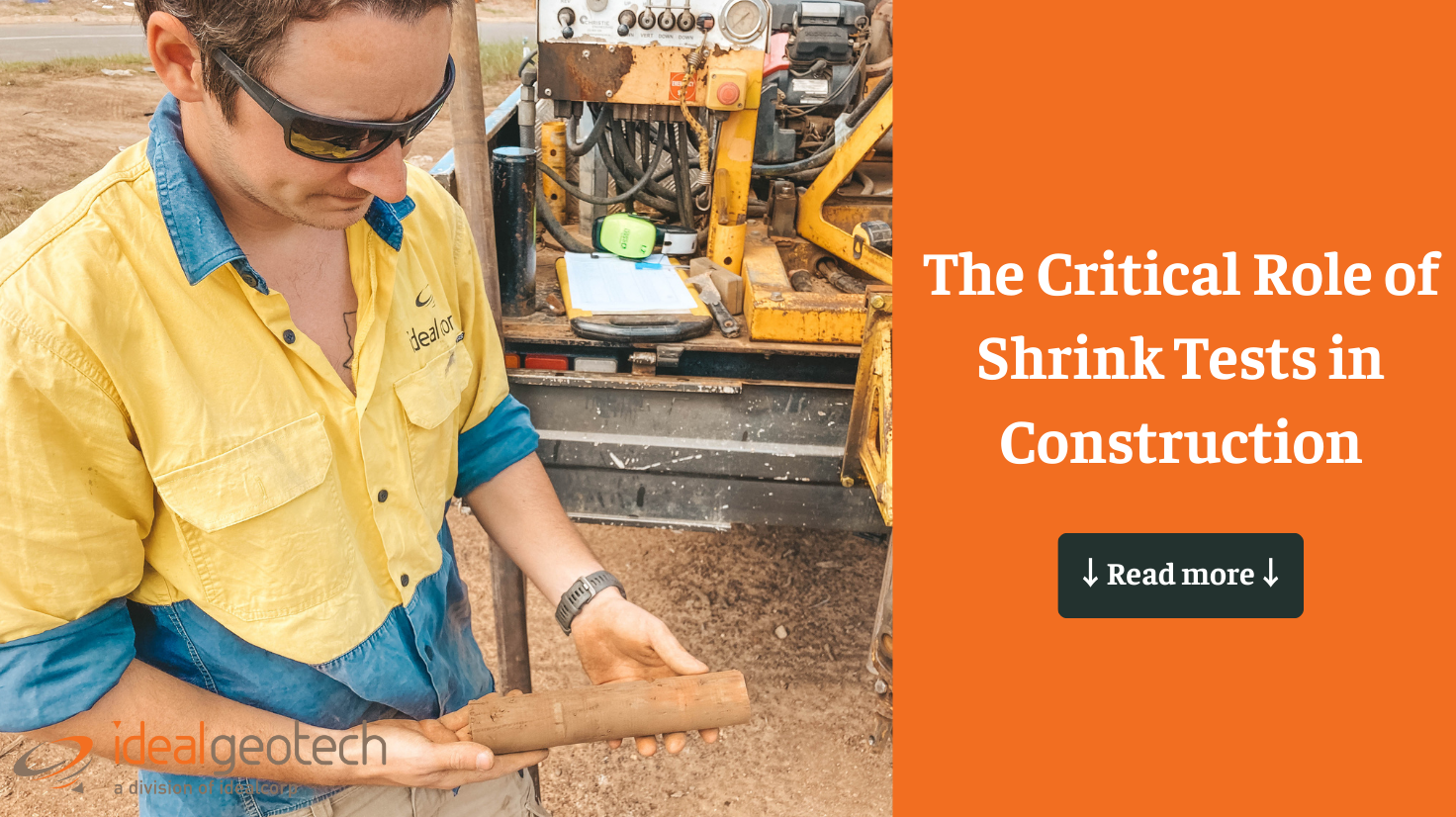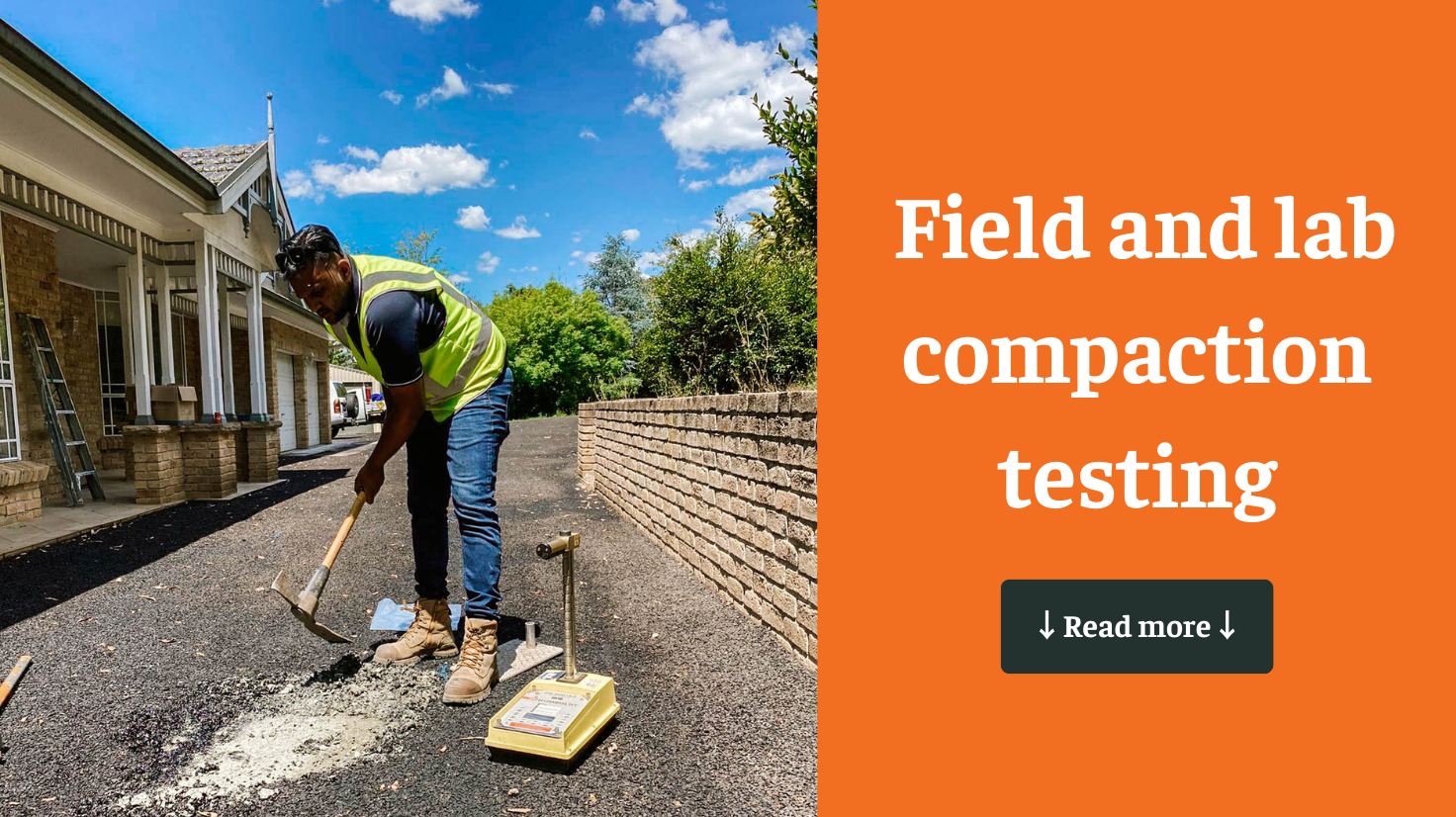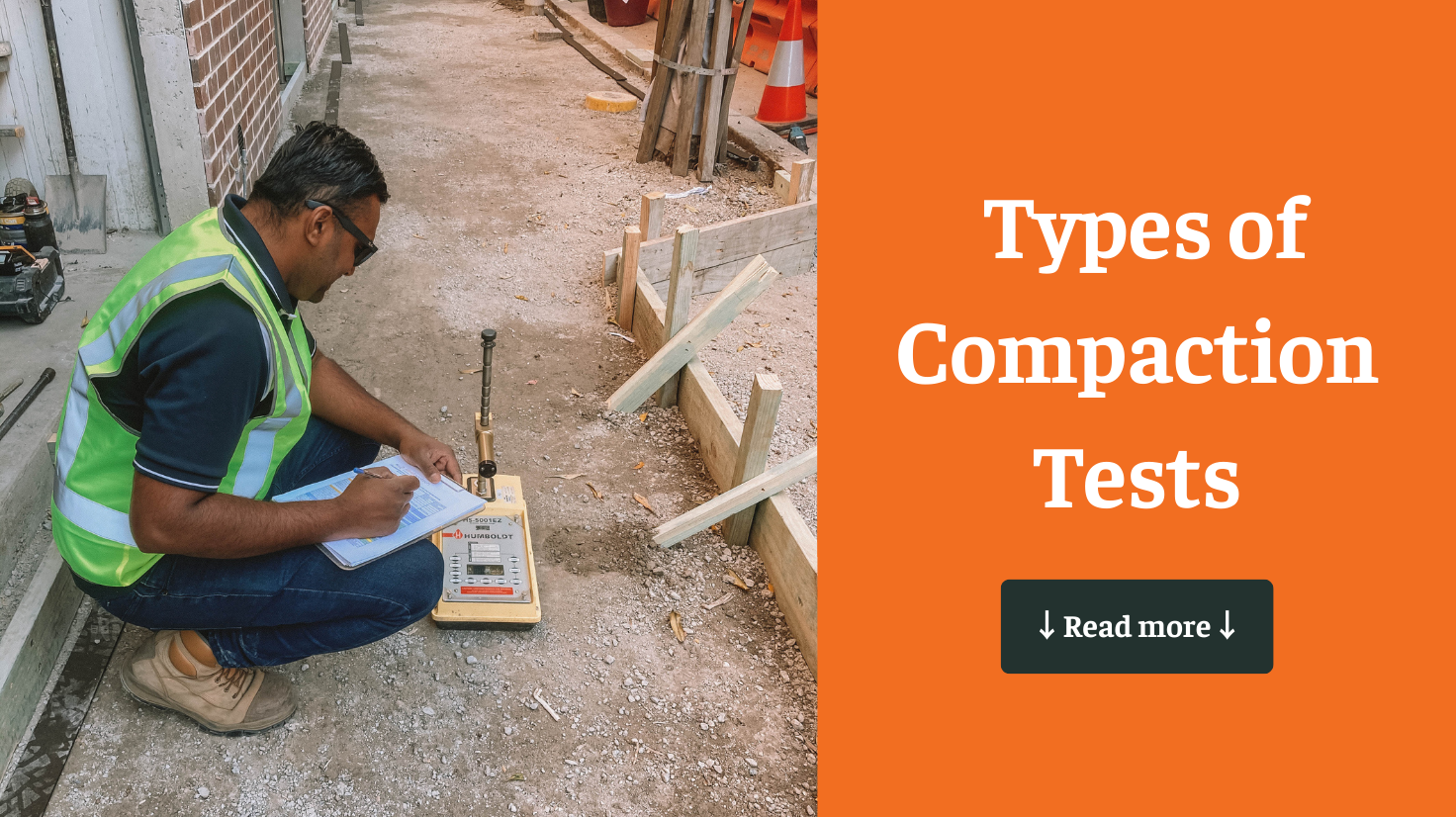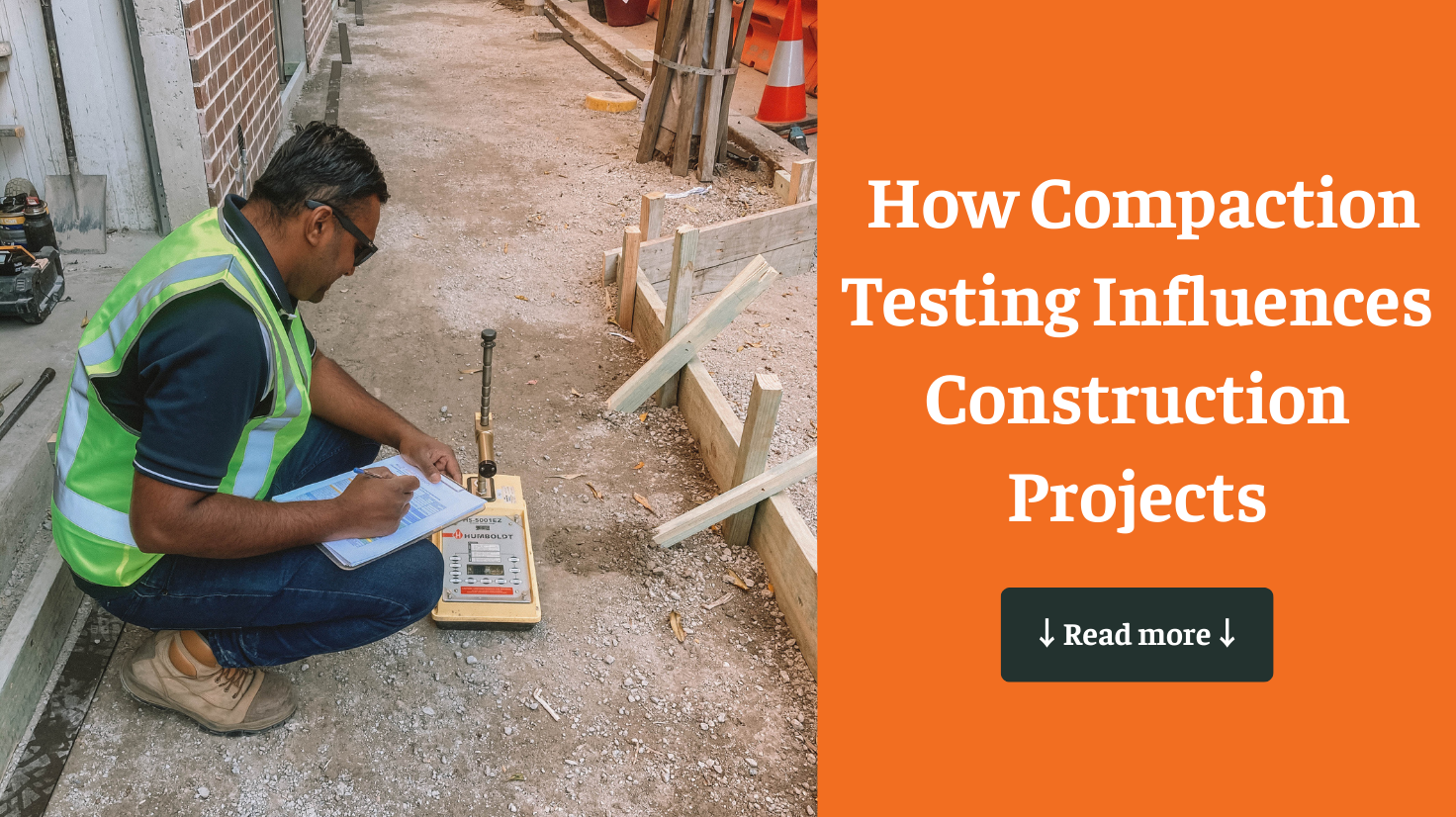Shrink tests are crucial for understanding how materials, especially soils and construction materials, change in volume under different conditions. These tests are essential for ensuring the stability and durability of structures, providing critical data for construction and manufacturing processes.
Understanding the specific behavior of materials when subjected to drying or curing is vital in avoiding potential structural failures, improving material performance, and ensuring long-term reliability.
1. Types of Shrink Tests
Shrink tests vary depending on the material and the specific information required. The following are the primary types of shrink tests:
1.1 Soil Shrinkage Test
- Purpose: This test measures the volume change in soil as it dries. Understanding soil shrinkage is crucial for foundation design, as it helps predict how much a soil will contract when moisture is lost. This data is essential for designing foundations that can withstand the changes in soil volume, preventing structural issues like cracking or uneven settling.
- Methodology: The soil sample is first saturated and then allowed to dry in a controlled environment. The initial and final volumes are measured, and the shrinkage percentage is calculated. This data is used to determine the soil’s shrink-swell potential, which directly impacts foundation stability.
1.2 Plastic Shrinkage Test
- Purpose: Plastic shrinkage occurs in concrete before it hardens. This test assesses how much a concrete mix will shrink while it is still in its plastic (wet) state, helping to prevent cracking. Shrinkage during this phase can lead to early cracks, reducing the structure’s lifespan and integrity.
- Methodology: Concrete is poured into molds, and its dimensions are measured at regular intervals as it cures. By analyzing these measurements, engineers can adjust the mix’s composition to minimize shrinkage, ensuring a more durable final product.
1.3 Linear Shrinkage Test
- Purpose: This test is used primarily for materials like clay and ceramics, where maintaining precise dimensions during drying is critical. It evaluates the reduction in length of a material as it dries, which is essential for ensuring the final product meets size specifications.
- Methodology: The material is shaped into a bar, dried under controlled conditions, and its length is measured before and after drying. The percentage of linear shrinkage is calculated to determine how much the material contracts, allowing adjustments in the manufacturing process to maintain dimensional accuracy.
1.4 Volumetric Shrinkage Test
- Purpose: This test measures the total volume change of a material when it dries. It provides a comprehensive view of how much a material will shrink in all dimensions, which is crucial for materials that must maintain specific volume characteristics, such as construction aggregates or certain polymers.
- Methodology: The material is placed in a volumetric flask, dried, and then measured to determine the overall shrinkage. This data helps in understanding how the material will behave in real-world applications, particularly where volume consistency is critical.
2. Detailed Procedures for Shrink Tests
Each shrink test has a specific procedure that must be followed to ensure accurate results:
- Soil Shrinkage Test: Measure initial and final soil volumes to calculate shrinkage.
- Plastic Shrinkage Test: Measure concrete dimensions before and after drying to calculate shrinkage.
- Linear Shrinkage Test: Mold, dry, and measure material to determine length change.
- Volumetric Shrinkage Test: Place, dry, and measure material in a volumetric flask to calculate volume change.
3. Practical Applications in Construction and Materials Testing
3.1 Construction Applications:
- Foundation Design: Accurate shrinkage data ensures that foundations are designed to accommodate soil volume changes, preventing structural failures such as cracking or settling.
- Concrete Construction: Understanding plastic shrinkage helps engineers adjust concrete mixes to minimize cracking, which enhances the structure’s durability and lifespan.
- Road Construction: Shrinkage tests on soils used in roadbeds ensure that they remain stable under varying moisture conditions, which reduces maintenance costs and prolongs the road’s life.
3.2 Materials Testing Applications:
- Ceramics and Clay Products: Accurate shrinkage testing is essential to ensure that ceramics maintain their intended size and shape during firing, which is critical for producing high-quality products.
- Polymer Testing: In the polymer industry, shrinkage tests ensure that materials meet strict industry specifications, which is crucial for applications in automotive, aerospace, and consumer goods.
- Quality Control: Regular shrinkage testing as part of a quality control program helps manufacturers maintain consistent material performance, preventing costly defects and ensuring product reliability.
4. Conclusion
Shrink tests are vital for understanding material behavior under different conditions. These tests help engineers and manufacturers design stable, durable structures and products. By conducting and analyzing shrink tests, the highest standards of construction and manufacturing can be met.
For more detailed information on shrink tests and professional testing services, visit Ideal Geotech’s website. Ensure your materials and construction projects meet the highest standards with expert shrink test solutions.






